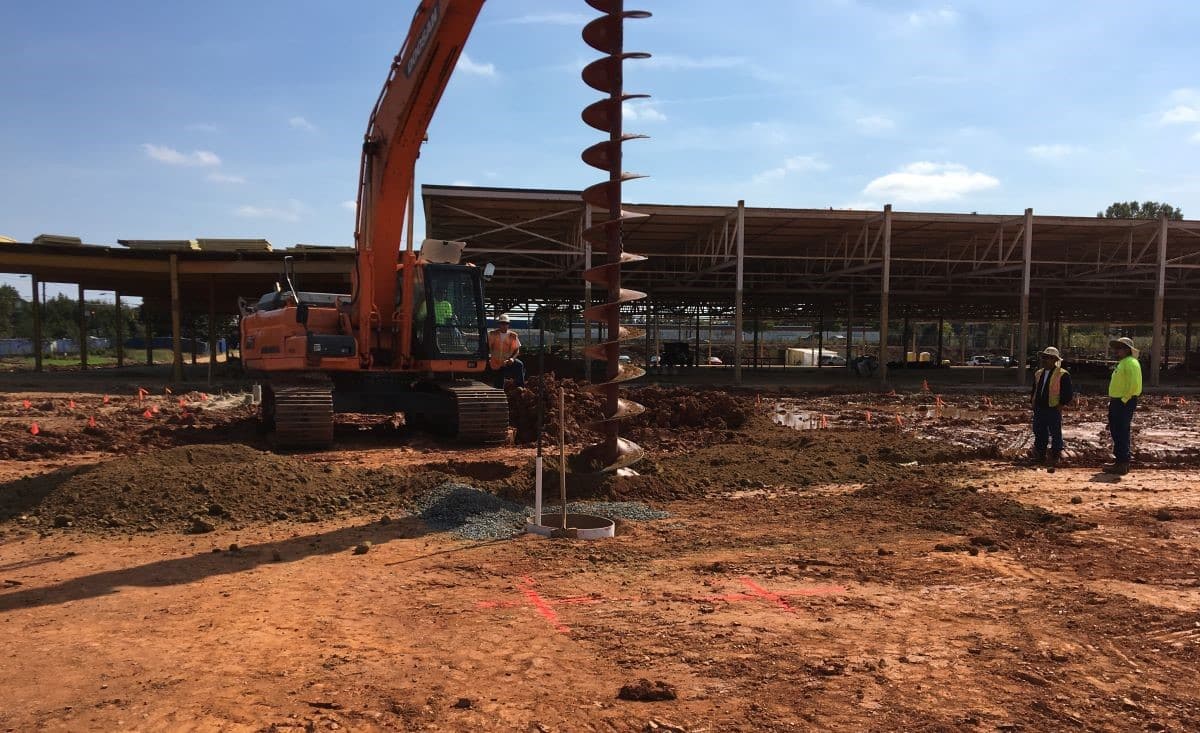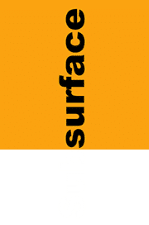Installation Methods for Aggregate Piers: Top-Feed vs. Bottom-Feed
Aggregate piers are an effective ground improvement method for increasing bearing capacity and reducing settlement in poor soils. Two primary installation methods are used: top-feed and bottom-feed. Each has distinct advantages depending on the ground conditions.
Bottom-Feed Installation
How it works:
-
A probe or mandrel is pushed to the required depth.
-
Aggregate is fed to the bottom of the hole through a pipe or hollow probe.
-
Aggregate is densified using vibration (some methods use tamping) as the probe is gradually withdrawn.
-
The process continues until the pier reaches the surface.
Key characteristics:
-
Aggregate is placed and densified from the bottom up.
-
Can be installed in soft or loose soils where a predrilled hole would collapse.
-
Generally performed with vibratory displacement equipment.
-
Produces minimal spoils, making it suitable for urban or contaminated sites.
When to use it:
-
Soft clays, loose sands, or uncontrolled fill (collapsing soils).
-
Sites where borehole stability is a concern.
-
Where reducing spoils is a concern.

Diagram of Bottom-Feed Aggregate Pier Installation
Top-Feed Installation
How it works:
-
A hole is predrilled or augered to design depth.
-
Aggregate is placed into the predrilled hole from the top and is densified in lifts as the shaft is backfilled.
-
Densification is performed using rammers, vibratory tooling, or drill-mounted vibrators.
Key characteristics:
-
Relies on stable soils to maintain an open hole during installation.
-
Allows precise control over shaft diameter and lift thickness.
-
Generates spoils that must be managed and removed from the site.
-
Can be installed with smaller equipment than bottom-feed systems.
When to use it:
-
Ground conditions where a predrilled hole can stand open until backfilled with stone.
-
Sites with good access for drill rigs and spoil removal.

Predrilling for Top-Feed Aggregate Piers
Choosing the Right Method
Selecting the proper installation technique depends on several key factors:
-
Soil conditions: Collapsing soil conditions, groundwater, and contamination.
-
Site access: Spoil handling logistics.
-
Structural needs: Load magnitude, allowable settlement, and footprint constraints.
-
Environmental concerns: Vibration sensitivity and contamination.
At Subsurface Construction, we evaluate each project’s geotechnical and logistical challenges to recommend the most effective installation method—whether that’s top-feed or bottom-feed.
Need a ground improvement solution tailored to your site?
Contact us to speak with our engineering team and explore how aggregate piers can support your building or parking garage.
